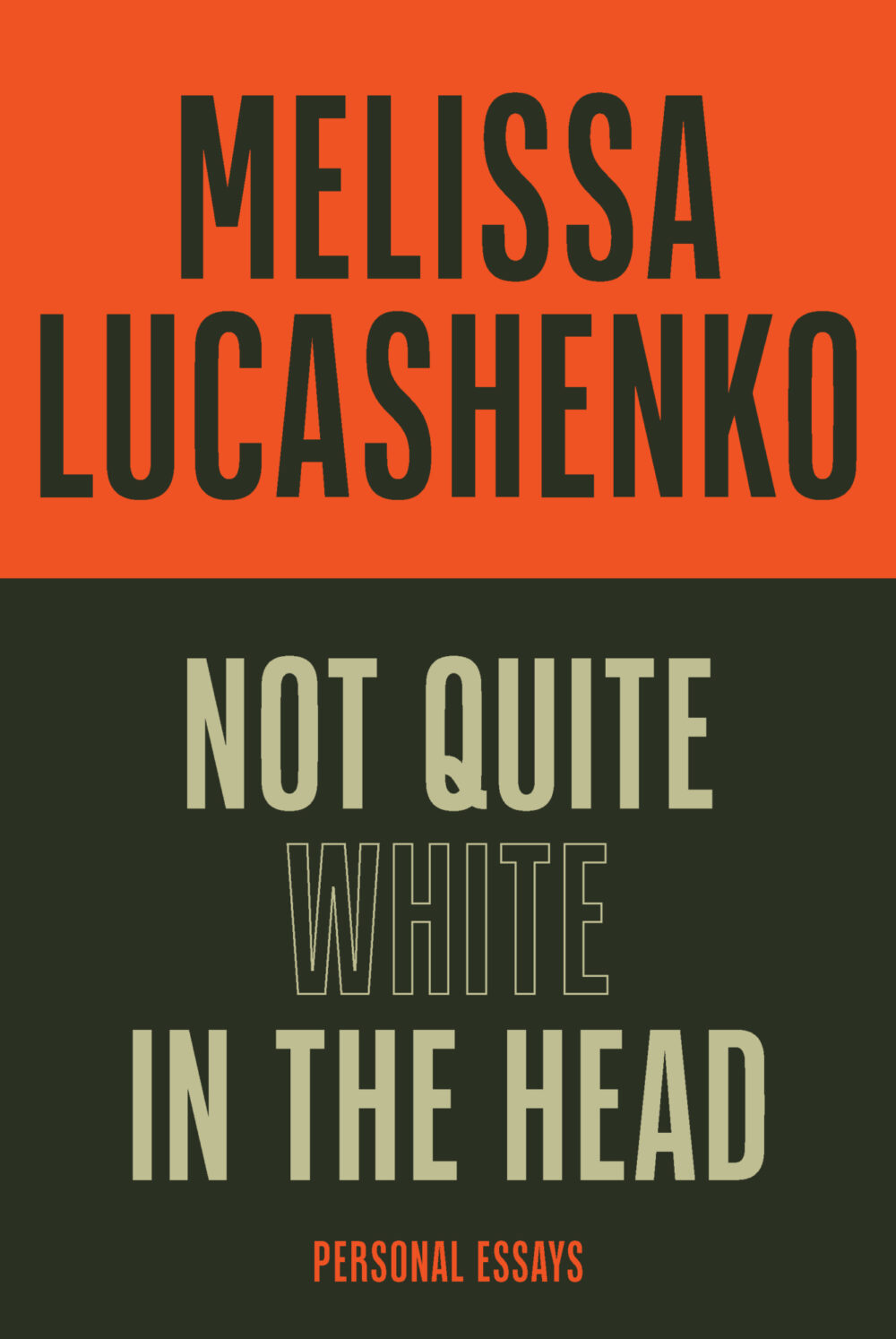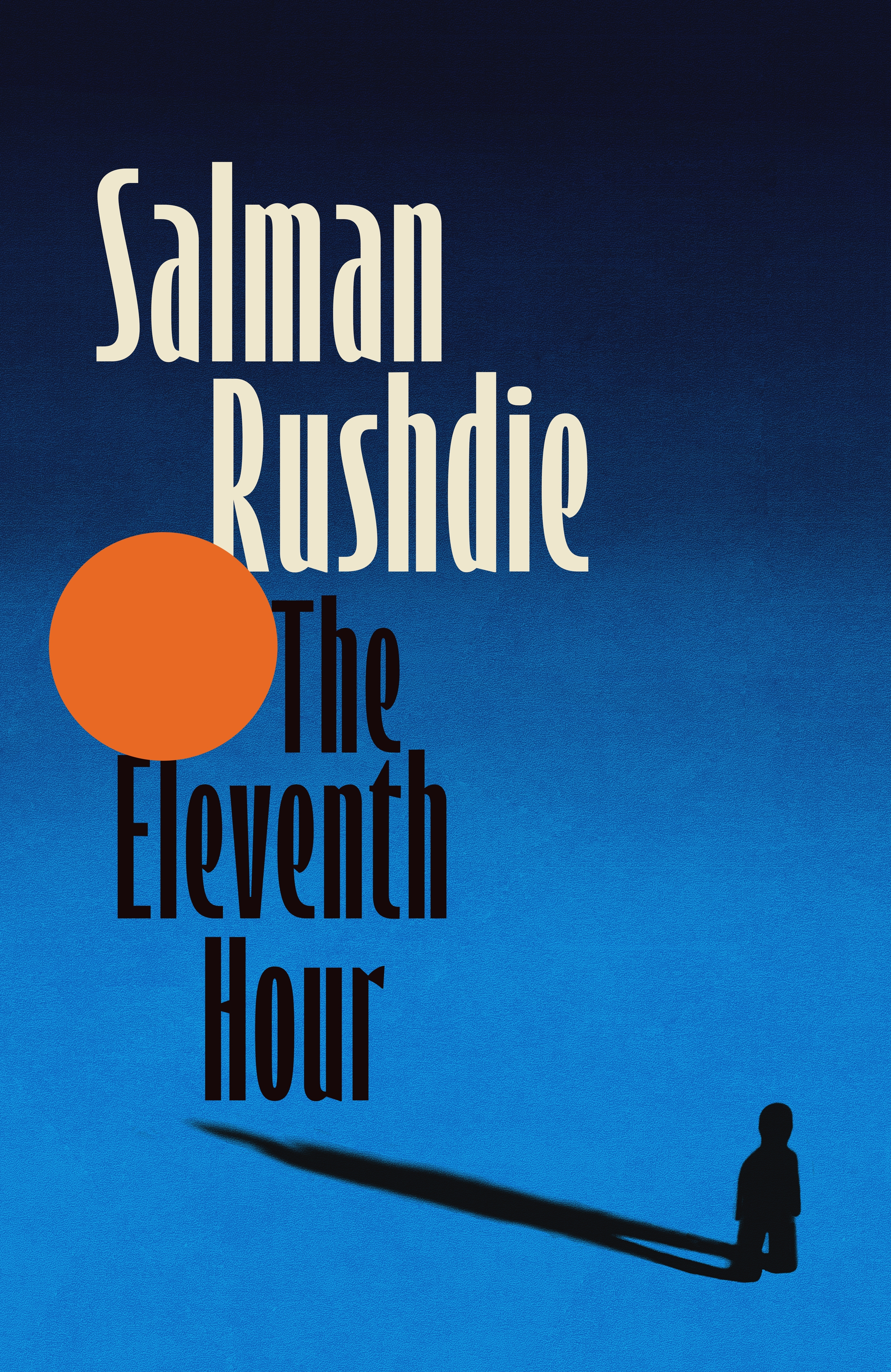Trent Parke: WW1 Avenue of Honour
Postwar memorial gardens can be found the world over. Gardens scholar Paul Gough has noted how planted memory is an essential aspect of future remembering; gardens create inclusive spaces that rely on participation and careful nurturing to ensure that memory stays ‘alert, relevant and passed on from generation to generation’. The dedicated memory garden at Melbourne’s Shrine of Remembrance is a site of ritual remembering of equal importance to sites such as Anzac Head in Turkey. Gough argues that the front can be symbolically transplanted. Objects, seeds, letters, and small packages of soil were often bought home, particularly where bodily remains could not be retrieved.
Ballarat’s Avenue of Honour, at twenty-two kilometres, is the longest avenue of honour in Australia. This arterial arboretum reaches down highways to small towns whose civic monuments still disturb with their columns of war casualties across single families. Work on the avenue began in 1917, evidence that the scale of loss required an urgent gesture of collective mourning. Some 3,801 trees have been planted to honour the men and women of Ballarat who served in the Australian Imperial Force.
Continue reading for only $10 per month. Subscribe and gain full access to Australian Book Review. Already a subscriber? Sign in. If you need assistance, feel free to contact us.










Leave a comment
If you are an ABR subscriber, you will need to sign in to post a comment.
If you have forgotten your sign in details, or if you receive an error message when trying to submit your comment, please email your comment (and the name of the article to which it relates) to ABR Comments. We will review your comment and, subject to approval, we will post it under your name.
Please note that all comments must be approved by ABR and comply with our Terms & Conditions.